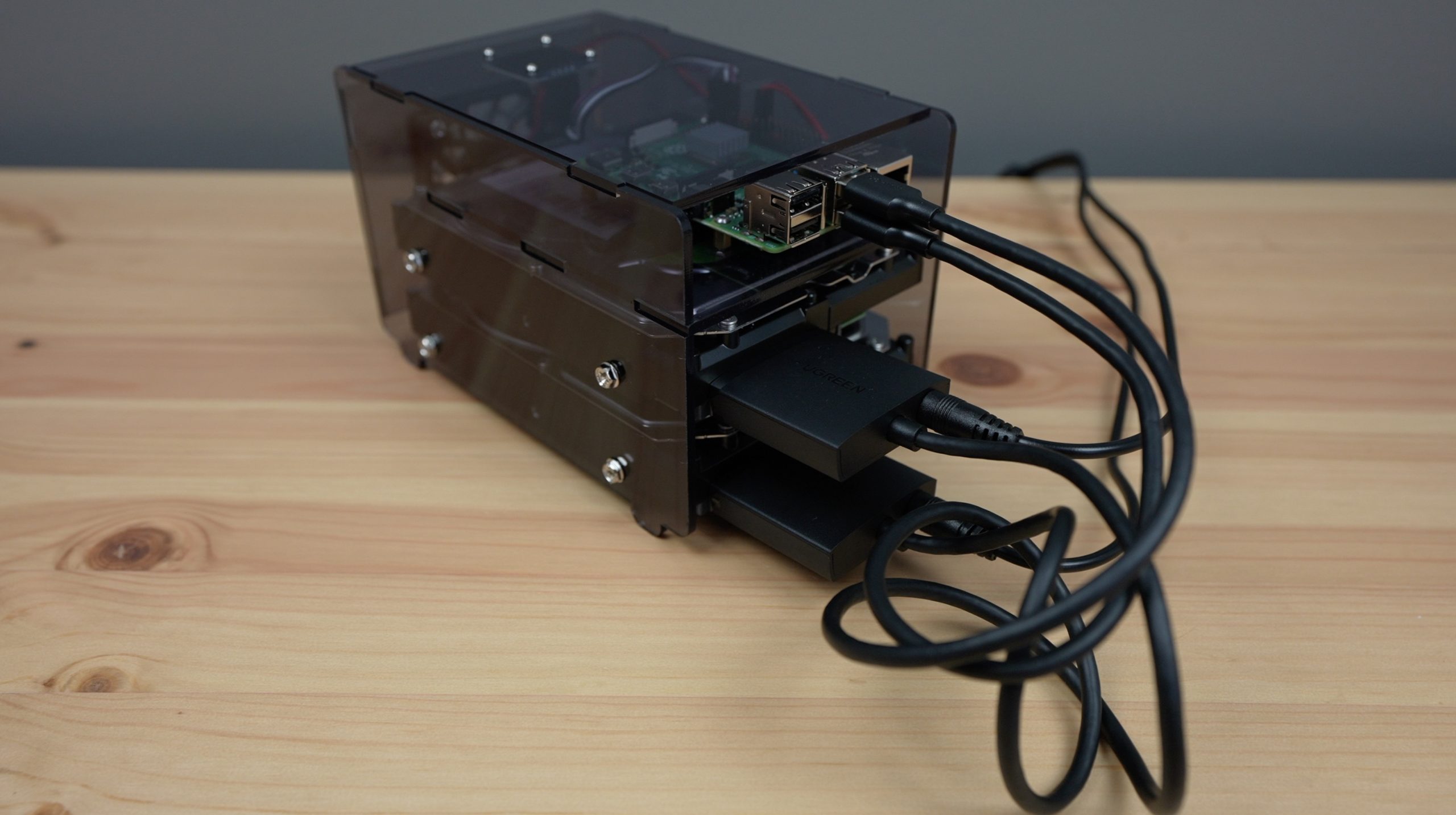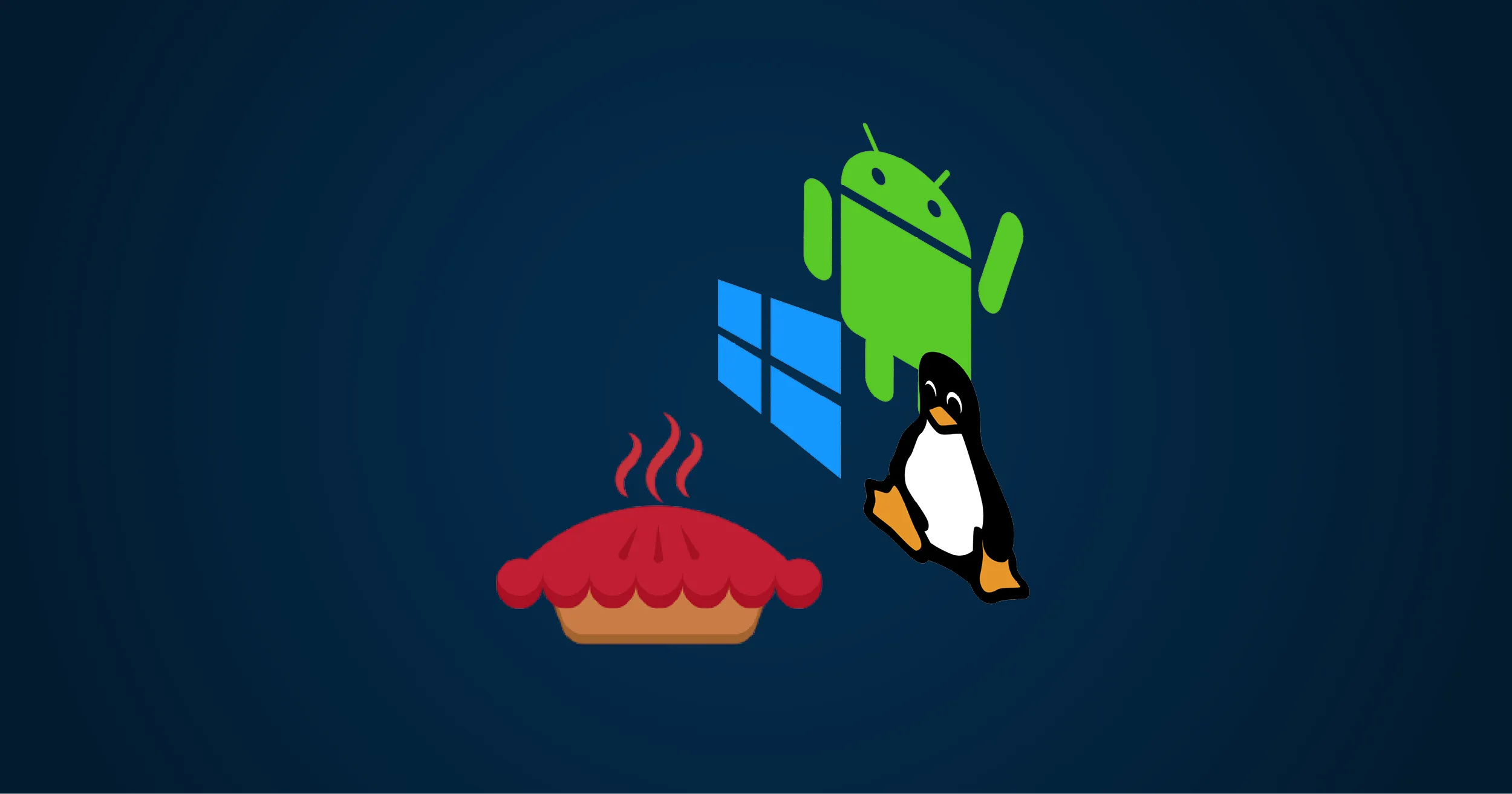Hey there, tech enthusiasts and IoT wizards! If you're diving into the world of remote IoT solutions, then Raspberry Pi is your golden ticket. Yep, you heard it right—this tiny powerhouse is revolutionizing how we connect devices, gather data, and automate systems remotely. Whether you're a hobbyist, a professional developer, or just someone who loves tinkering with gadgets, Raspberry Pi offers endless possibilities for creating remote IoT projects. Let's dig in and explore why it’s the best choice for your next big project.
But hold up! Before we jump into the nitty-gritty, let’s set the stage. Remote IoT solutions are more than just cool gadgets—they’re about solving real-world problems, from monitoring home security to tracking environmental changes. And guess what? Raspberry Pi is at the center of it all, providing a cost-effective, flexible, and powerful platform to bring your ideas to life. This guide will walk you through everything you need to know to get started.
Now, if you're wondering why Raspberry Pi stands out in the crowded IoT landscape, it’s not just about its size or affordability. It’s about the massive community, endless software support, and the ability to integrate with almost any hardware. So, buckle up, because we’re about to dive deep into the best Raspberry Pi remote IoT solutions that’ll blow your mind—and maybe even save you some cash!
- Marco Rubios Net Worth Facts Figures Financial Journey
- Breaking Tim Scotts Net Worth Whats He Really Worth
What Makes Raspberry Pi the Best Choice for Remote IoT?
When it comes to building remote IoT solutions, Raspberry Pi has carved out a special place for itself. But what exactly sets it apart? Here’s a quick rundown:
- Cost-Effective: Raspberry Pi models start at super-affordable prices, making them perfect for both hobbyists and businesses on a budget.
- Versatile: From controlling smart home devices to managing industrial equipment, Raspberry Pi can handle a wide range of tasks with ease.
- Community Support: With millions of users worldwide, you’ll never run out of tutorials, forums, and libraries to help you troubleshoot or enhance your projects.
- Hardware Compatibility: Whether you’re using sensors, cameras, or other peripherals, Raspberry Pi plays nicely with almost everything.
So, whether you're building a weather station, a remote-controlled drone, or a smart irrigation system, Raspberry Pi has got your back. And trust me, once you get started, you’ll wonder how you ever lived without it!
Top Raspberry Pi Models for Remote IoT
Not all Raspberry Pi models are created equal. Depending on your project’s requirements, some models might be better suited than others. Let’s break it down:
- Yuko Kubota Life With Josh Blue What Happened After
- Ricky Schroders Net Worth Untold Secrets Revealed
Raspberry Pi 4 Model B
This bad boy is the flagship model, packing a powerful quad-core processor, up to 8GB of RAM, and dual HDMI ports. Perfect for heavy-duty remote IoT applications like video processing or running multiple sensors simultaneously.
Raspberry Pi Zero W
On the other end of the spectrum, the Pi Zero W is tiny, affordable, and wireless-ready. It’s ideal for lightweight projects like remote monitoring or simple automation tasks.
Raspberry Pi 3 Model B+
A solid mid-range option, the Pi 3 offers a good balance of performance and affordability. It’s great for beginners who want to dip their toes into remote IoT without breaking the bank.
Choosing the right model depends on factors like processing power, memory, connectivity options, and budget. But no matter which one you pick, you’re in for a treat!
Setting Up Your Raspberry Pi for Remote IoT
Now that you’ve picked your Raspberry Pi model, it’s time to get it ready for action. Here’s a step-by-step guide to setting up your Pi for remote IoT:
Step 1: Install an Operating System
Raspberry Pi runs on various operating systems, but the most popular one is Raspberry Pi OS. You can download it from the official website, flash it onto an SD card using software like Balena Etcher, and insert it into your Pi.
Step 2: Connect to Wi-Fi
For remote IoT, having a stable internet connection is crucial. Most Raspberry Pi models come with built-in Wi-Fi, so all you need to do is configure it during the initial setup.
Step 3: Enable SSH
SSH (Secure Shell) allows you to control your Raspberry Pi remotely from another device. To enable it, simply create an empty file named "ssh" on the boot partition of your SD card.
Once you’ve completed these steps, your Raspberry Pi is ready to take on the world of remote IoT!
Best Practices for Building Remote IoT Solutions
Building a successful remote IoT solution isn’t just about hardware and software—it’s also about following best practices to ensure reliability and security. Here are a few tips:
- Plan Your Project: Clearly define your goals, identify the required components, and create a timeline to stay organized.
- Choose the Right Sensors: Select sensors that match your project’s requirements and ensure they’re compatible with your Raspberry Pi.
- Secure Your Network: Use strong passwords, enable firewalls, and keep your software updated to protect against potential threats.
- Test Thoroughly: Before deploying your solution, test it rigorously to catch and fix any issues early on.
By following these best practices, you’ll increase the chances of your project’s success and reduce the risk of headaches down the line.
Popular Raspberry Pi Remote IoT Projects
Let’s take a look at some of the coolest Raspberry Pi remote IoT projects out there:
Smart Home Automation
Use Raspberry Pi to control lights, thermostats, and security systems from anywhere in the world. With platforms like Home Assistant, setting up a smart home has never been easier.
Remote Weather Station
Combine Raspberry Pi with weather sensors to collect data on temperature, humidity, wind speed, and more. Share the data online or use it for personal analysis.
Smart Agriculture
Monitor soil moisture, humidity, and temperature levels in real-time to optimize crop growth. Raspberry Pi can even automate irrigation systems based on sensor data.
These projects not only showcase the versatility of Raspberry Pi but also demonstrate its potential to make a real impact in various industries.
Challenges in Remote IoT and How to Overcome Them
While Raspberry Pi makes remote IoT accessible to almost anyone, there are still challenges to overcome. Here are a few common ones:
- Connectivity Issues: Poor internet connectivity can disrupt remote operations. Use cellular modules or mesh networks for better reliability.
- Data Security: Protecting sensitive data is paramount. Implement encryption, secure communication protocols, and regular backups.
- Power Supply: Remote devices often rely on batteries or solar panels. Optimize power consumption by using low-power components and sleep modes.
By addressing these challenges head-on, you can build robust and reliable remote IoT solutions that stand the test of time.
Top Tools and Software for Raspberry Pi Remote IoT
To get the most out of your Raspberry Pi remote IoT projects, here are some must-have tools and software:
Node-RED
A visual programming tool that makes it easy to wire together hardware devices, APIs, and online services. Perfect for beginners and advanced users alike.
Mosquitto MQTT
An open-source messaging protocol designed for lightweight communication between devices. Ideal for remote IoT applications where bandwidth is limited.
Adafruit IO
A cloud-based platform for building IoT projects. It offers dashboards, visualizations, and integrations with popular services like IFTTT.
With these tools in your arsenal, you’ll be able to tackle even the most complex remote IoT challenges with ease.
Case Studies: Real-World Raspberry Pi Remote IoT Solutions
To give you some inspiration, here are a few real-world examples of Raspberry Pi remote IoT solutions:
Environmental Monitoring
A research team used Raspberry Pi to monitor air quality in urban areas. By deploying a network of sensors, they were able to gather valuable data that helped inform policy decisions.
Remote Health Monitoring
Hospitals implemented Raspberry Pi-based systems to monitor patients’ vital signs remotely. This not only improved patient care but also reduced the workload on healthcare professionals.
Wildlife Conservation
Conservationists used Raspberry Pi to track animal movements and detect poaching activities in remote areas. The system sent alerts to authorities in real-time, enabling swift action.
These case studies highlight the diverse applications of Raspberry Pi in remote IoT and the positive impact it can have on society.
Conclusion: Why Raspberry Pi is the Best for Remote IoT
As we wrap up this guide, it’s clear that Raspberry Pi is the go-to platform for remote IoT solutions. Its affordability, versatility, and strong community support make it an excellent choice for both beginners and professionals. Whether you’re building a smart home, monitoring the environment, or automating industrial processes, Raspberry Pi has the tools and resources to help you succeed.
So, what are you waiting for? Grab your Raspberry Pi, gather your sensors, and start building the remote IoT solution of your dreams. And don’t forget to share your projects with the community—you never know who might benefit from your ideas!
Table of Contents
- Best Raspberry Pi Remote IoT Solutions for 2023: The Ultimate Guide
- What Makes Raspberry Pi the Best Choice for Remote IoT?
- Top Raspberry Pi Models for Remote IoT
- Setting Up Your Raspberry Pi for Remote IoT
- Best Practices for Building Remote IoT Solutions
- Popular Raspberry Pi Remote IoT Projects
- Challenges in Remote IoT and How to Overcome Them
- Top Tools and Software for Raspberry Pi Remote IoT
- Case Studies: Real-World Raspberry Pi Remote IoT Solutions
- Conclusion: Why Raspberry Pi is the Best for Remote IoT



Detail Author:
- Name : Edyth Funk
- Username : ledner.wilburn
- Email : carter.makayla@hotmail.com
- Birthdate : 1986-01-23
- Address : 4890 Wyman Forest Suite 870 Port Salma, IA 10146
- Phone : 1-337-875-3618
- Company : Fritsch-Rempel
- Job : Order Filler
- Bio : Veniam repudiandae inventore fugit similique ducimus esse placeat. Quos dolorum et quasi dolore aut amet minima officiis. Aliquam molestiae eius dolorem reiciendis ut. Dolor itaque tempore odit.
Socials
tiktok:
- url : https://tiktok.com/@vince6839
- username : vince6839
- bio : Dolorum sapiente voluptas voluptas. Provident id et et est odit.
- followers : 620
- following : 1258
twitter:
- url : https://twitter.com/vincecormier
- username : vincecormier
- bio : Veniam quod ea alias est qui. Dicta perspiciatis maxime vero. Repudiandae amet fugiat ea repellendus rerum. Dolorem repellendus qui nihil distinctio.
- followers : 1631
- following : 2453